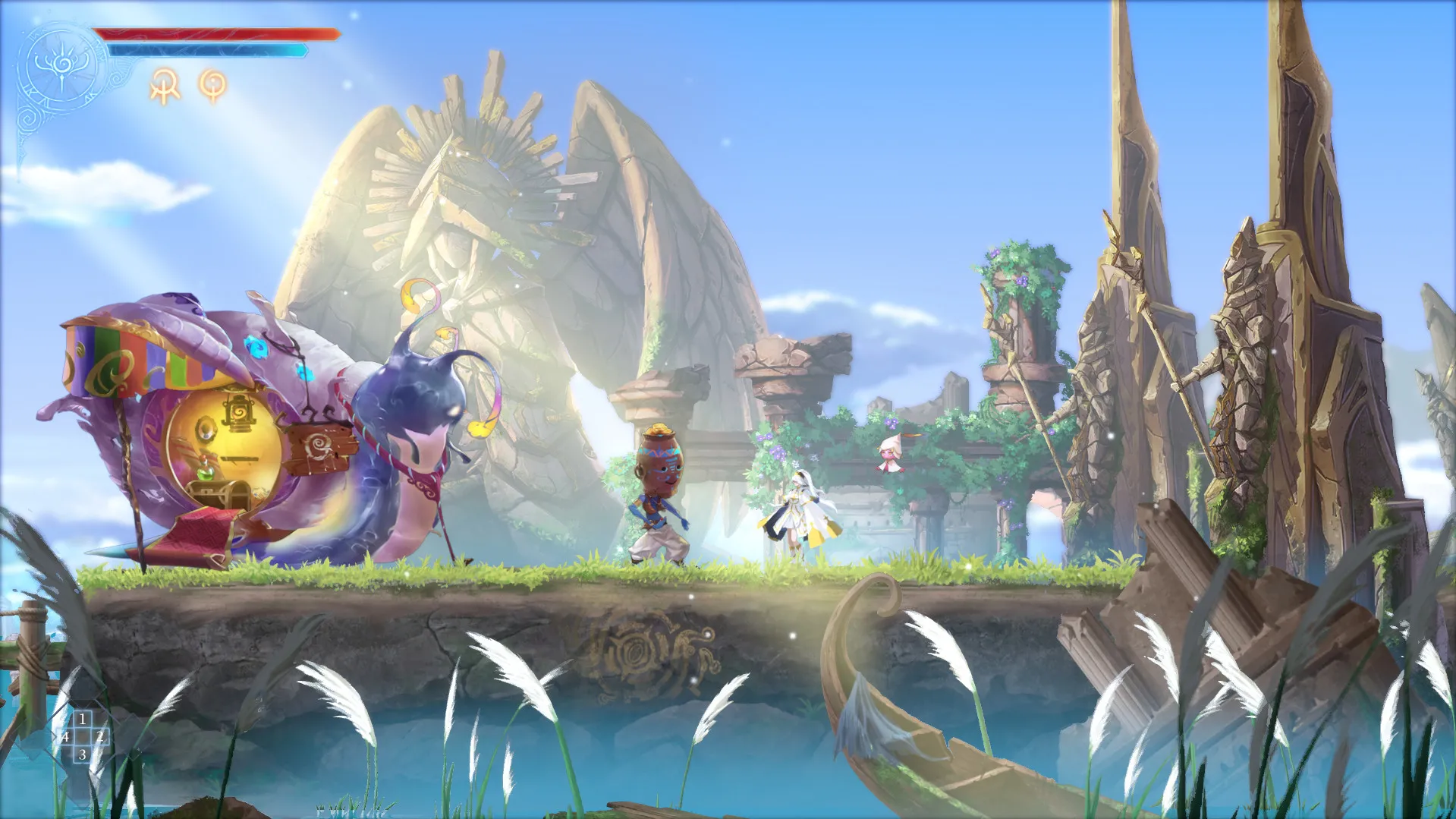
Afterimage Review: Stunning Visuals, Flawed Execution
Contents
The platformer genre has held a special place in gamers’ hearts for over 40 years, despite its age. Afterimage, a Metroidvania title from Aurogon Shanghai, attempts to carve its own niche within this established genre, boasting impressive visuals and ambitious gameplay. But does it live up to its potential? This review delves into Afterimage’s strengths and weaknesses, exploring its captivating artistry and examining where it falls short.
Afterimage draws inspiration from classics like Metroid and Castlevania, aiming to deliver a sprawling world filled with secrets and challenges. Developed by Aurogon Shanghai, the game showcases the studio’s commitment to high-quality production, particularly in its stunning visual presentation. However, does Afterimage transcend its technical prowess to deliver a truly compelling gaming experience? Let’s explore.
A Visual Masterpiece
 Afterimage captivating scenery
Afterimage captivating scenery
Afterimage’s artistic merit is undeniable. From the opening cinematic sequences to the intricate details of the in-game world, the game is a visual feast. While employing 2D artwork, the skillful use of color, composition, and animation elevates the visuals to a remarkable level, showcasing the talent of Aurogon Shanghai’s art team.
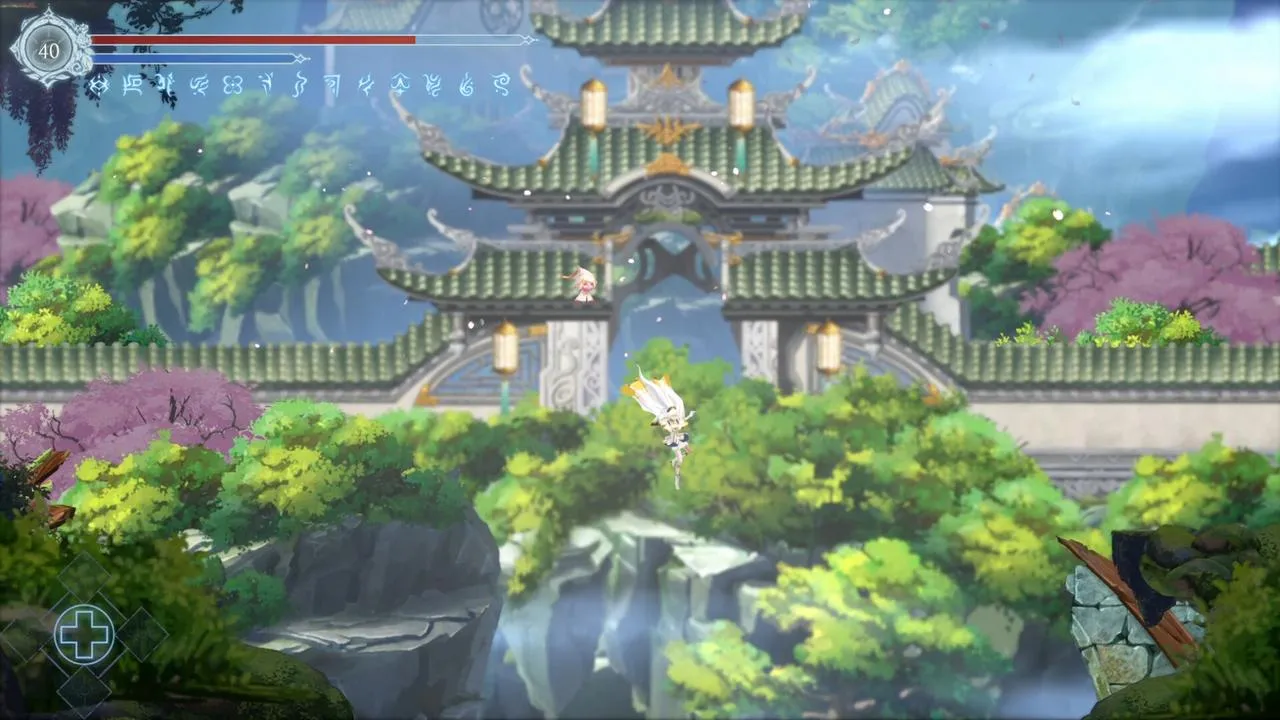 Afterimage detailed background
Afterimage detailed background
Unlike many 2D games that prioritize artistic expression over gameplay functionality, Afterimage seamlessly integrates its beautiful artwork with the game’s mechanics. The color palettes, level design, and character proportions are all carefully considered to enhance the gameplay experience. This attention to detail creates a cohesive and immersive world.
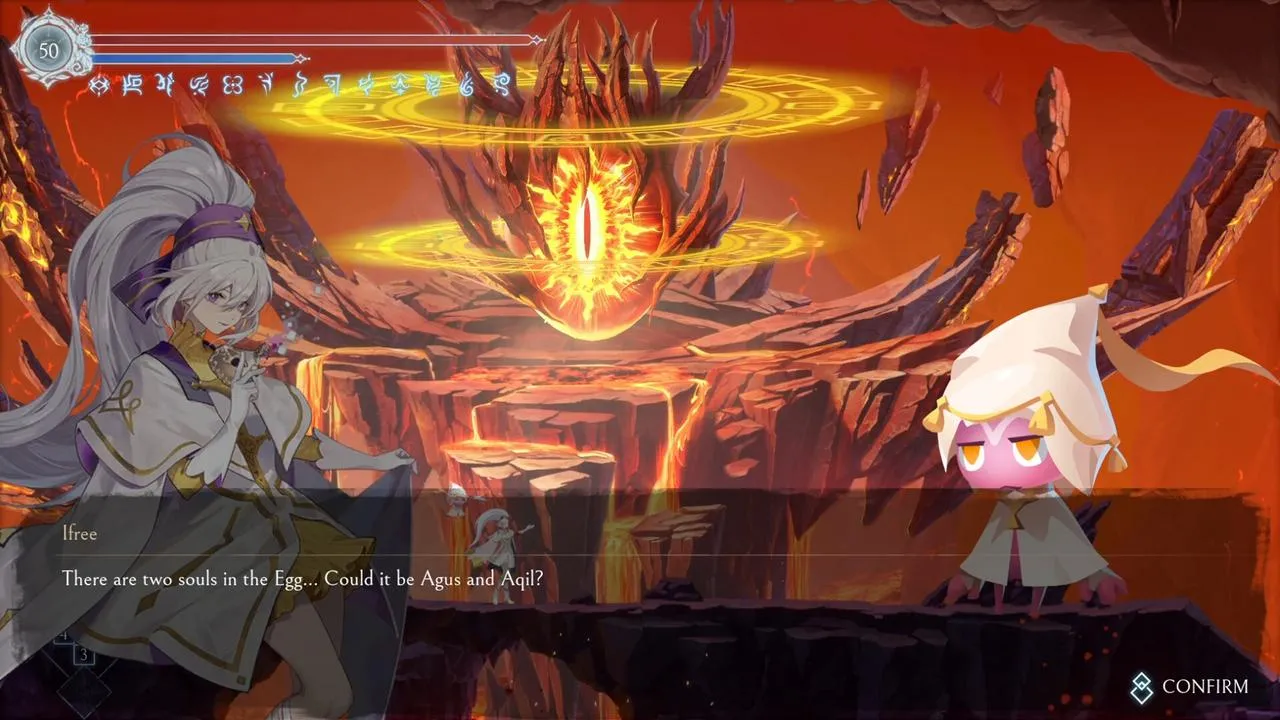 Afterimage anime-inspired art style
Afterimage anime-inspired art style
The game’s art style draws heavily from Japanese anime aesthetics, influencing character designs, color choices, and combat animations. This stylistic choice resonates with a broad audience familiar with and appreciative of anime’s visual language.
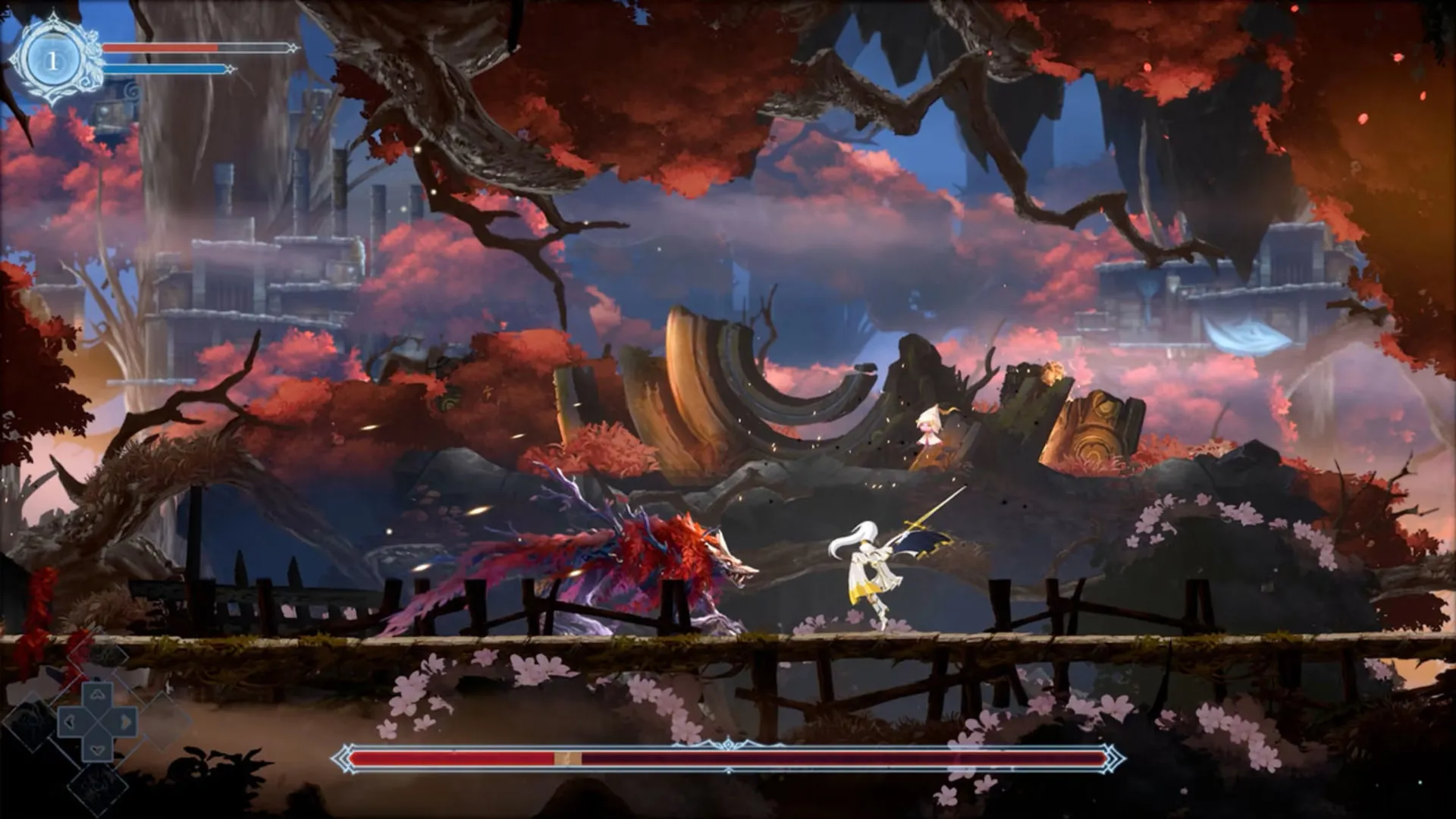 Afterimage world setting
Afterimage world setting
Afterimage employs a unique visual technique: using dark, muted tones for gameplay segments while meticulously detailing the background with multiple layers, animations, and subtle color variations. This unconventional approach effectively conveys the atmosphere of a forgotten world of gods, a central theme in the game’s narrative.
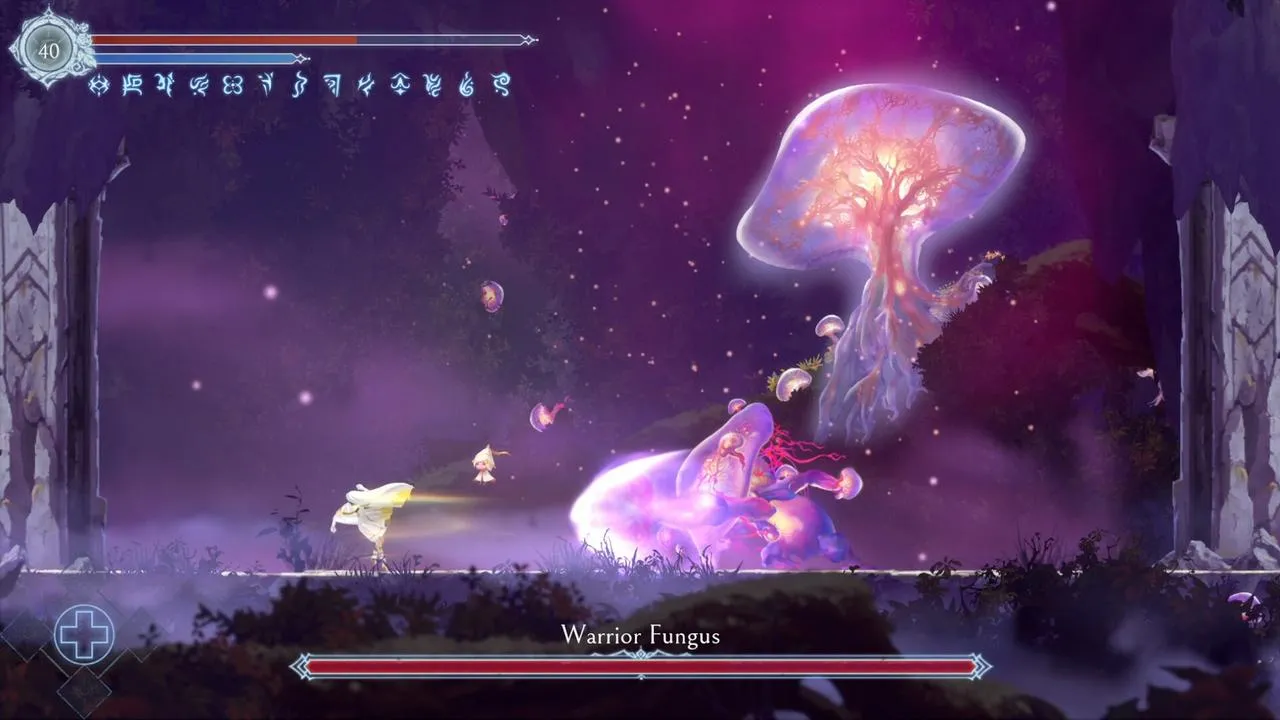 Afterimage fluid character movement
Afterimage fluid character movement
Engaging Gameplay, Initially
 Afterimage diverse weapon options
Afterimage diverse weapon options
Afterimage offers a satisfying gameplay experience, particularly in its fluid movement and combat mechanics. The double jump, dash, and glide abilities provide a sense of agility and control, while the varied weapon selection and distinct attack animations add depth to the combat. Each weapon’s unique range, angle, and speed encourage players to experiment with different combat styles.
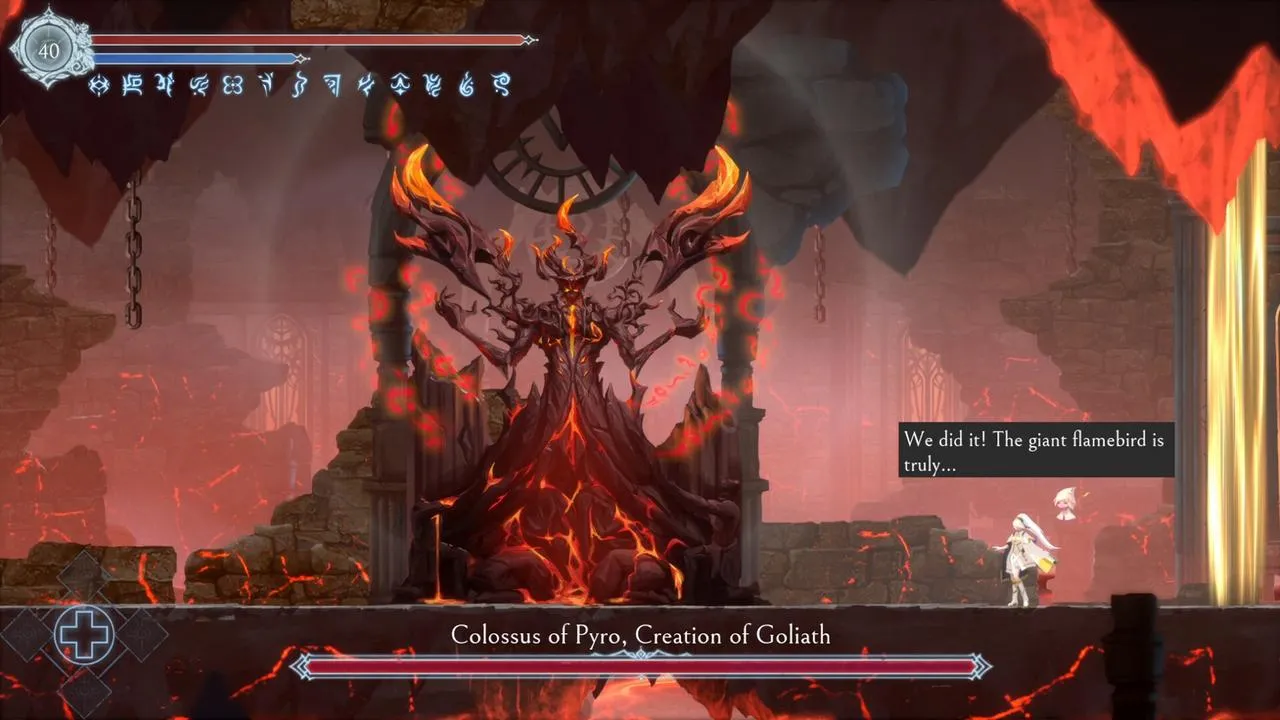 Afterimage character progression system
Afterimage character progression system
The RPG elements further enhance the gameplay. Players earn experience points, level up, and allocate skill points to customize their character’s stats and unlock new abilities. This progression system allows for a degree of personalization and encourages exploration.
A Disappointing Narrative and Level Design
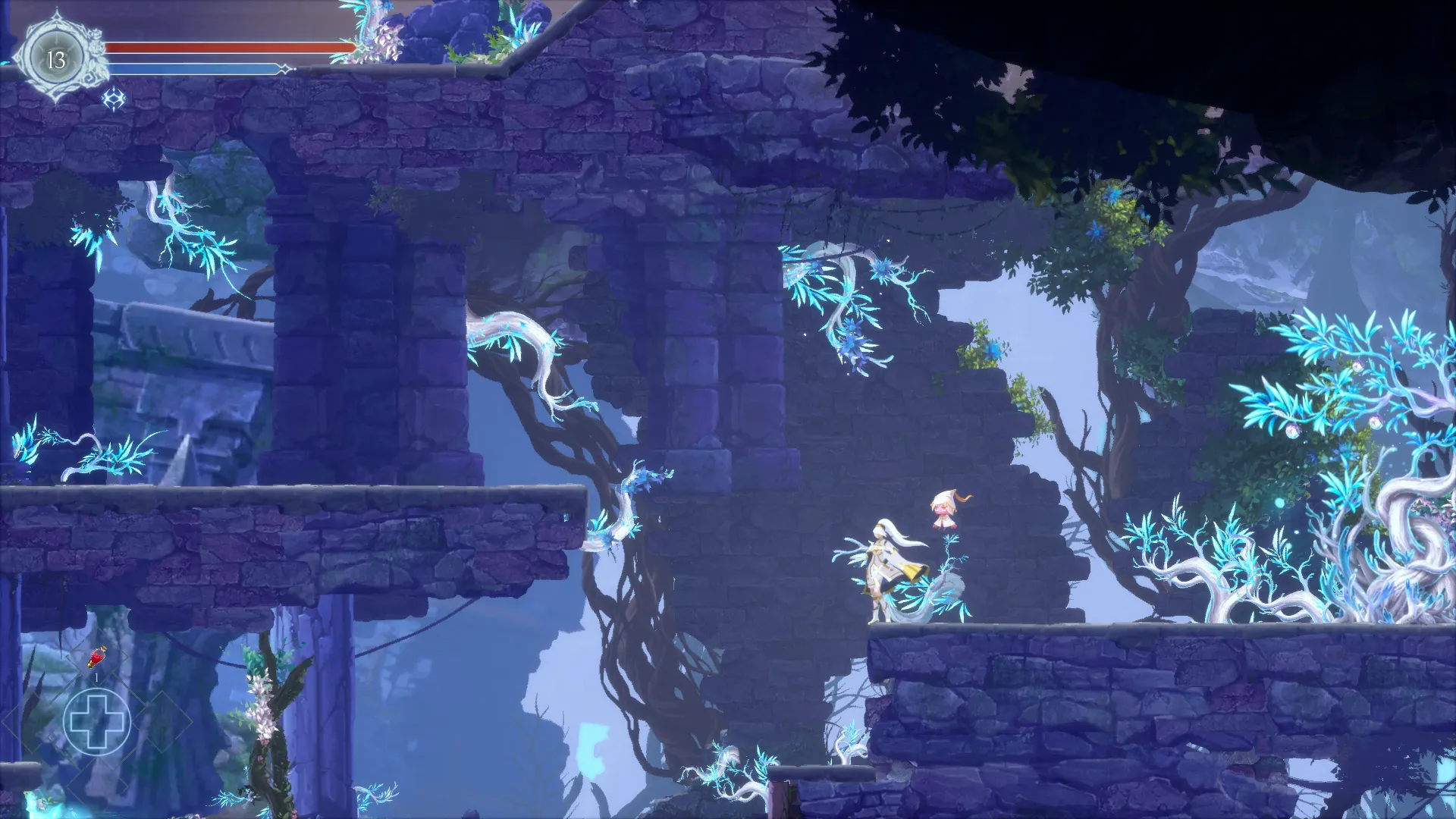 Afterimage confusing map
Afterimage confusing map
Despite its visual brilliance and polished gameplay, Afterimage suffers from significant flaws in its narrative and level design. The story is disjointed and confusing, failing to connect the player’s actions to the overarching narrative. Dialogue feels inconsequential and often introduces unexplained terminology and characters, hindering immersion and leaving the player feeling lost.
The level design, while visually impressive, lacks clear direction and interconnectedness. The Metroidvania genre thrives on carefully guided exploration, but Afterimage’s world feels haphazard and confusing. Dead ends and repetitive environments frustrate exploration, diminishing the sense of discovery that defines the genre.
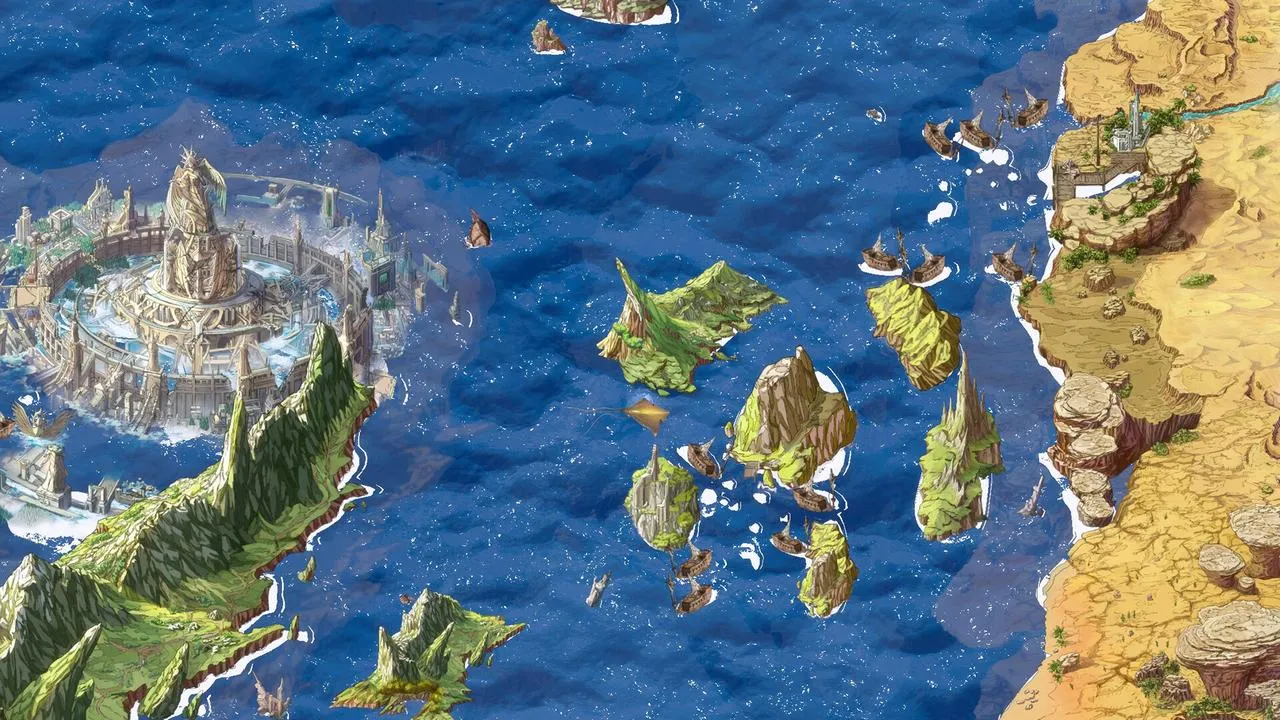 Afterimage frustrating dead ends
Afterimage frustrating dead ends
Conclusion
Afterimage is a game of stark contrasts. Its breathtaking visuals and initially engaging gameplay are ultimately undermined by a weak narrative and poorly designed world. While the game shows promise, its flaws prevent it from reaching its full potential. Afterimage demonstrates the importance of a cohesive narrative and well-structured level design, even in a visually stunning game. The developers’ focus on technical polish unfortunately overshadows the core elements that make a Metroidvania truly captivating.





Comments (0)